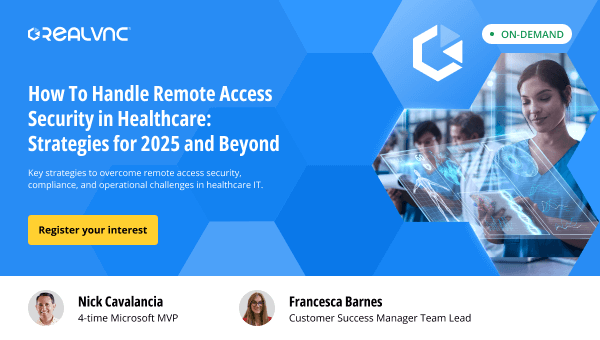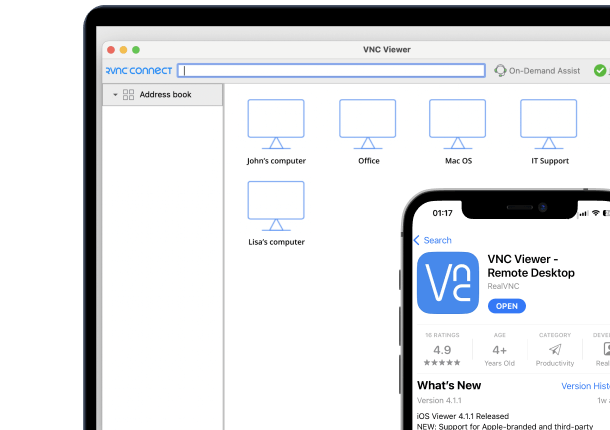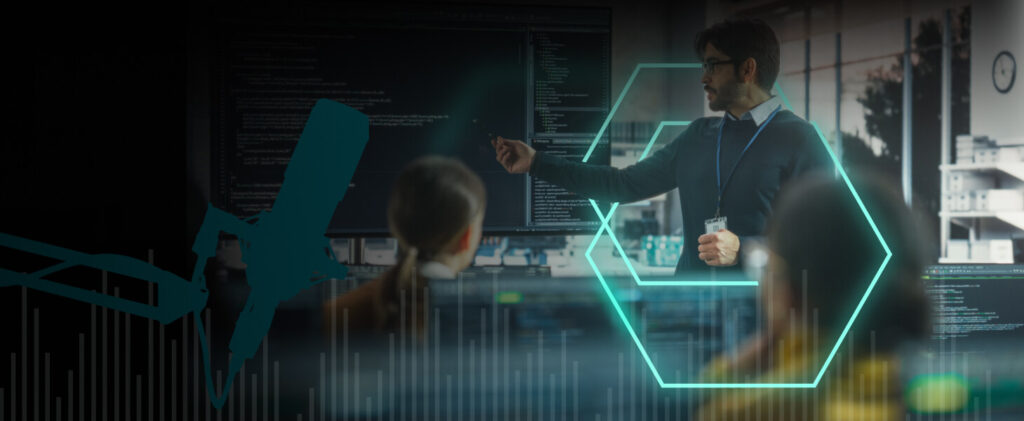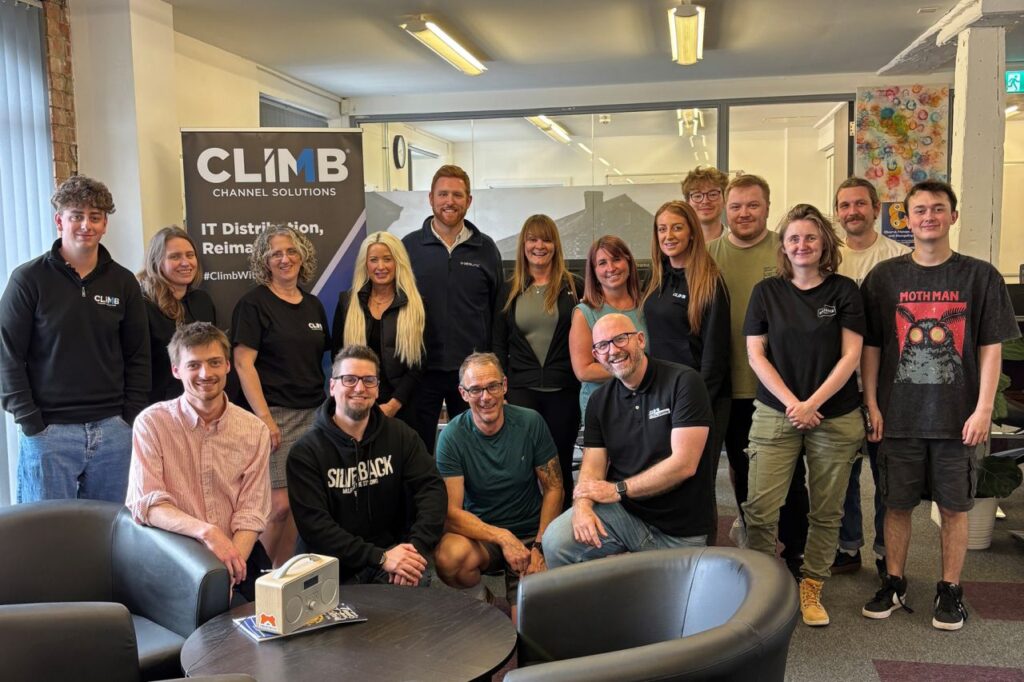Knowing what exactly you’re looking for can be hard, especially when it all comes with its own complex terminology. We’ve put together a quick ‘cheat sheet’ of all the points to consider when making your selection.
Choosing cloud vs direct connectivity for remote access
The first thing you need to consider is how you want to connect to your remote devices. Remote access software can make a connection in one of two ways – via the cloud, or directly.
- A cloud connection can be made to and from any computer connected to the internet, given you have the correct permissions and software.
- A direct connection is made between endpoints without any third-party server involvement. It usually requires advanced configuration of ports and firewalls in between the two devices, which can raise issues if you need to connect over the internet, as the connection would often need to pass through equipment not owned by the user.
Both methods have their uses in certain environments, and your particular use case may favor one type over the other.
If you’re unsure which you need, or if you’ll be using the software for multiple different purposes, a remote access solution which supports both cloud and direct connections might be the best option.
Installed versus on demand access
When people talk about remote access solutions, they usually mean one of two things – permanent access via a pre-installed ‘server’, or ad-hoc access using a disposable app downloaded by the end user.
- On demand access is mostly used in IT support scenarios, and is most useful when you need to connect to devices you do not own or manage, and therefore cannot install software for access in advance. This kind of connection is only possible when the server computer is attended by another person, and cannot be used for unattended access, nor for direct connections.
- Installed access allows you to make connections at any time to your unattended device providing that the software is installed and configured ahead of time. This is ideal for remote working, software development, training, and more.
You’ll likely know which option better suits your needs, but having access to both functionalities within one piece of software can come in useful.
If you already use software with one of these capabilities and are looking for a different one to manage the other, it is worth considering remote access software that offers both functions within one tool.
Security features
Security should be your top priority when choosing your new remote access software provider. In the wrong hands, remote access can be compromise entire networks, so ensuring your vendor’s security processes are robust, transparent, and follow industry best practices is essential.
The industry standard is for data to be end-to-end encrypted, meaning even the vendor itself has no way of accessing your data. The most common encryption standard used is AES encryption, which protects data with either a 128-bit or 256-bit key.
Here we’ve explained more on how AES encryption works, and which encryption is best for remote desktop
The software you choose should also support auditing, usually in the form of session logs. This can be required for compliance obligations and can normally show you in detail who connects to which computer, when, for how long, and if they transferred any files.
Another security point to consider is multi-factor authentication. At a minimum, your vendor should support two-factor authentication (2FA), to add an extra layer of security to your account. 2FA requires the user to provide two among the following credentials;
- Something the user knows, like a password, or the answer to a security question
- Something the user has, like a smartcard.
- Something the user is, like using your fingerprint or facial recognition to unlock a device
The additional layers of verification in 2FA means that even if one of the authentication factors is compromised, anyone trying to access a device illegitimately stumbles upon a further obstacle.
Feature evaluation
Outside of the basic screen-sharing functions, remote access software often has dozens of additional features to enrich your experience. However, if your software contains too many non-essential features, it can become overly complex and not as cost-effective as it could be.
During your research, you’ll likely come across multiple features that seem to simplify your remote access experience. In reality, you will find that every feature is of equal benefit to your use case.
A good example of this is remote deployment/group policy, which can greatly increase a product’s price despite being tailored for large enterprises.
These features are critically important for system administrators, who ‘push’ software to their colleagues and prevent them from changing certain settings. On the other hand, small businesses with only a handful of users may not really need the feature, but still end up paying for it.
Think about how often you would use certain features in the all-singing all-dancing top tier plan, and consider the cost-to-benefit ratio of the functionality.
It can often be better to choose quality over quantity and go with software that does a little less but does it very well, than to get every feature possible and be stuck with something under-performing.
Operating system
Cross-platform compatibility can sometimes be taken for granted and overlooked when considering a new remote access software solution, as it is often assumed that everything works the same across all operating systems.
Ensure that whichever platforms you need to connect to are supported and that they can be connected to from any device you use. If you’re unsure, or use a custom system, get in touch with the vendor to check compatibility.
Pricing model
It can be tricky to navigate the different pricing models across the numerous vendors selling their remote access wares. Currently most options available are subscription models, or Software-as-a-Service (SaaS), and usually vendors will offer a few different ‘tiers’ for their product offering.
It is important to note when comparing prices that some companies price by ‘viewer’, some price by ‘server’ and some offer a combination of the two. Be sure to compare in detail what you get for each subscription.
A typical pricing structure might look like this:
- Free – Non-commercial use only. Essential security and features. Restricted connectivity.
- Business/Professional – Commercial use. Good security. More features.
- Premium/Enterprise – Commercial use. Advanced security. Advanced administrative feature set.
When you’ve evaluated your options, be sure to take advantage of any trial periods offered, so you can see for yourself how the software feels, and how it could work for you.
We hope this article has helped you navigate the basics of remote access and has made it easier for you to decide what kind of solution could be a good match for you. If you are looking for something more in-depth, our tutorial will tell you all you need to know about remote access software.
14-day free trial – remote access solution
You can sign up for your free 14-day trial of VNC Connect, and see how it can exceed your expectations, at a reasonable price.
